Access to EMTP user presentations, webinars, and slide deck presentations.
41 presentations for analysis:
Author(s): Angelica Rocha & Gustavo Oliveirra - ATG Engenharia & Federal Univ. of Parana
Type:Technical Presentation
Date: 2021-06-21
Abstract
The presentation will discuss the analysis of successive dielectric failures of inductive voltage transformers (VT) at a 500 kV GIS of Jirau hydroelectric plant in Brazil. All the failures involved th... see moree same region of the high voltage winding and the cause was undetermined. These incidents motivated a series of actions to identify the cause and improve the reliability of these equipment in the field.
One possibility the effect of very fast transients (VFTO) expected to occur during frequent switchings of disconnector and/or circuit-breaker at GIS. It well known that VFTO may stress inductive equipment insulation leading to a dielectric failure.
In this context, different switching conditions were simulated with the EMTP to determine the transient overvoltage at the potential transformer terminals. A special high frequency model of the VT was developed based on its frequency admittance matrix measured in the field. The result of the simulations was discussed together with the VT manufacturer and a final diagnosis of the failures was achieved.
Author(s): Dr. Sanjoy Kumar Parida - IIT
Type:Technical Presentation
Downloaded: 4
Date: 2021-06-21
Abstract
The complexity of an active distribution system with distributed generation (DG) is increasing day-by-day. Therefore, a reliable protection system is very necessary to satisfy customer demand. Apart f... see morerom main grid supply, active sources are also available near load centers due to which traditional protection schemes fails to function properly.
The magnitude of fault current during grid connected mode of microgrid, is much higher than islanded operation. Therefore, in most of the previous works, overcurrent protection crashes if its pickup current value is not changed when microgrid is shifted to islanded mode. In this work, the current, voltage and frequency data sampled through PMU is processed to protect the system in both the operating modes. A centralized protection scheme is employed that takes frequency data and voltage phasor to differentiate between islanding and fault condition. Further, it detects the faulted feeder and sends trip command to respective relays within a tolerant time.
This method is devised to work as backup protection when main utility grid is available. However, it can work as a primary protection during islanded mode, when local overcurrent relay fails to operate due to settings based on grid connected mode. A standard IEEE 15 bus system modeled in EMTP is taken as test system for every analysis.
Author(s): N.K.Nathan - KNR Engineers
Type:Technical Presentation
Downloaded: 11
Date: 2021-06-17
Abstract
Gas Insulated Substations provide cost effective solution due to reduced land requirements particularly in metropolitan area where power demand is registering steep growth. With the use of GIS technol... see moreogy, it is required to assess the risk of failure due to overvoltage. The Insulation Coordination study forms a very important aspect in design stage. This presentation deals with the IC study carried out for a large – 765/400/220kV GIS substation in a SUPER THERMAL POWER STATION in UTTAR PRADESH.
Due to the decreasing ratio of lightning impulse withstand voltage to the system voltage, the difference between LIOV and VFTO decreases and this factor calls for VFTO performance analysis for 765kV GIS as well.
The discussion includes modeling of Extra High Voltage GIS, Temporary Overvoltage (TOV), Lightning Impulse Overvoltage (LIOV), Switching Overvoltage (SOV) and Very fast transient Overvoltage (VFTO) performance analysis on 765kV GIS substation.
TOV typically caused by fault to ground, load rejections and energization of long lines are analyzed to decide the rating of the surge arrester.
LIOV simulation studies are carried out for possible onerous paths including longer and short paths to decide the location of the arrester. SOV analysis deals with the overvoltage due to switching operations during line energization, re-energization and fault occurrence and clearance.
The LIOV and SOV results have been validated with reference to protective levels prescribed. The VFTO analysis is performed with various GIS disconnector operations in accordance with the methodology and guidelines as per CIGRE WG D1.03-TB 519 and the results are validated with the limits specified.
Keywords: Insulation Coordination, VFTO, EHV, GIS, 765kV, Protective ratio.
Author(s): Paul VERRAX - SuperGrid Institute
Type:Technical Presentation
Date: 2021-06-17
Abstract
This presentation focuses on voltage and current sensors modelling and its application on a transient based protection algorithm within a 4-terminal HVDC grid simulated in EMTP.
Fully selec... see moretive protection strategies for meshed HVDC grids need very fast DC fault identification and isolation which constitutes one of the main locks for large deployment of such grids. Transient based fault identification algorithms based on the modelling of the voltage and current traveling waves are seen as a promising solution to achieve fast fault identification. In addition, such algorithms are able to estimate the fault parameters such as the fault distance using local sensor data.As a model based approach, the accuracy of the sensors may impact the fault identification results as well as the precision of the estimated fault parameters.
In depth sensitivity analysis for different parameters of the sensor are carried out to outline the influence of the sensor characteristics on the fault identification results as well as the accuracy on the estimated fault parameters.
Author(s): Henry Gras
Type:Technical Presentation
Date: 2021-05-05
Abstract
A new step-by-step resource is available to explain how to create a DLL in EMTP®.
The DLL (Dynamic Link Library) function is designed to allow EMTP® users to develop advanced program mode... see morel modules and interface them directly and intimately with the EMTP® engine. It is for advanced users and offers advanced capabilities.
Users interested in programming language-based model development should use this feature to develop and maintain models. Such models can be placed in a specified location, attached to a device with graphical user interface features in EMTPWorks and maintained in a library just as any other built-in EMTP model.
This option may be used by converter manufacturers to interface real code into EMTP®, to perform Software In the Loop.
For this purpose, EMTP® is also compatible with the Joint IEEE TASS Task Force and CIGRE B4.82 Working Group “USE OF REAL-CODE IN EMT MODELS FOR POWER SYSTEM ANALYSIS”.
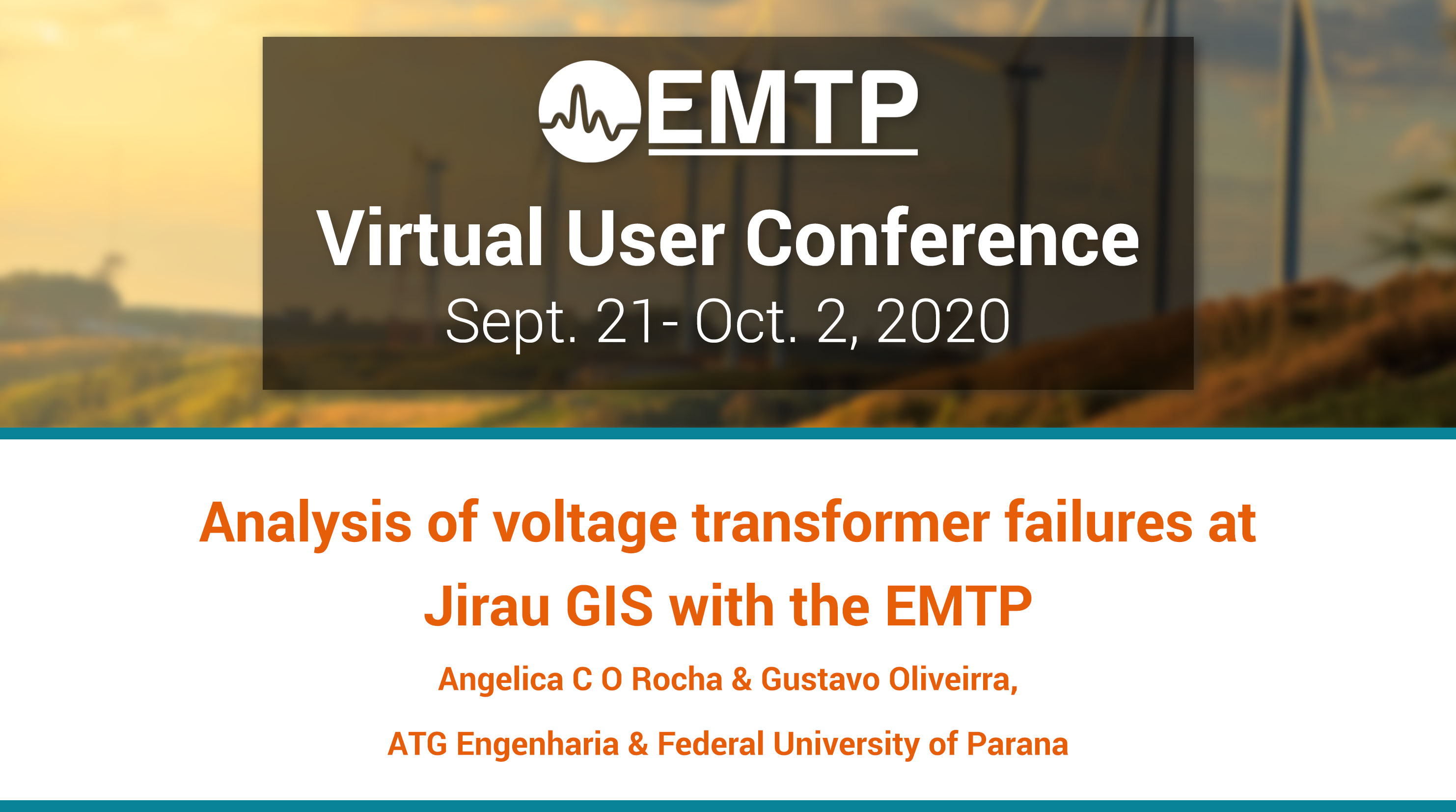
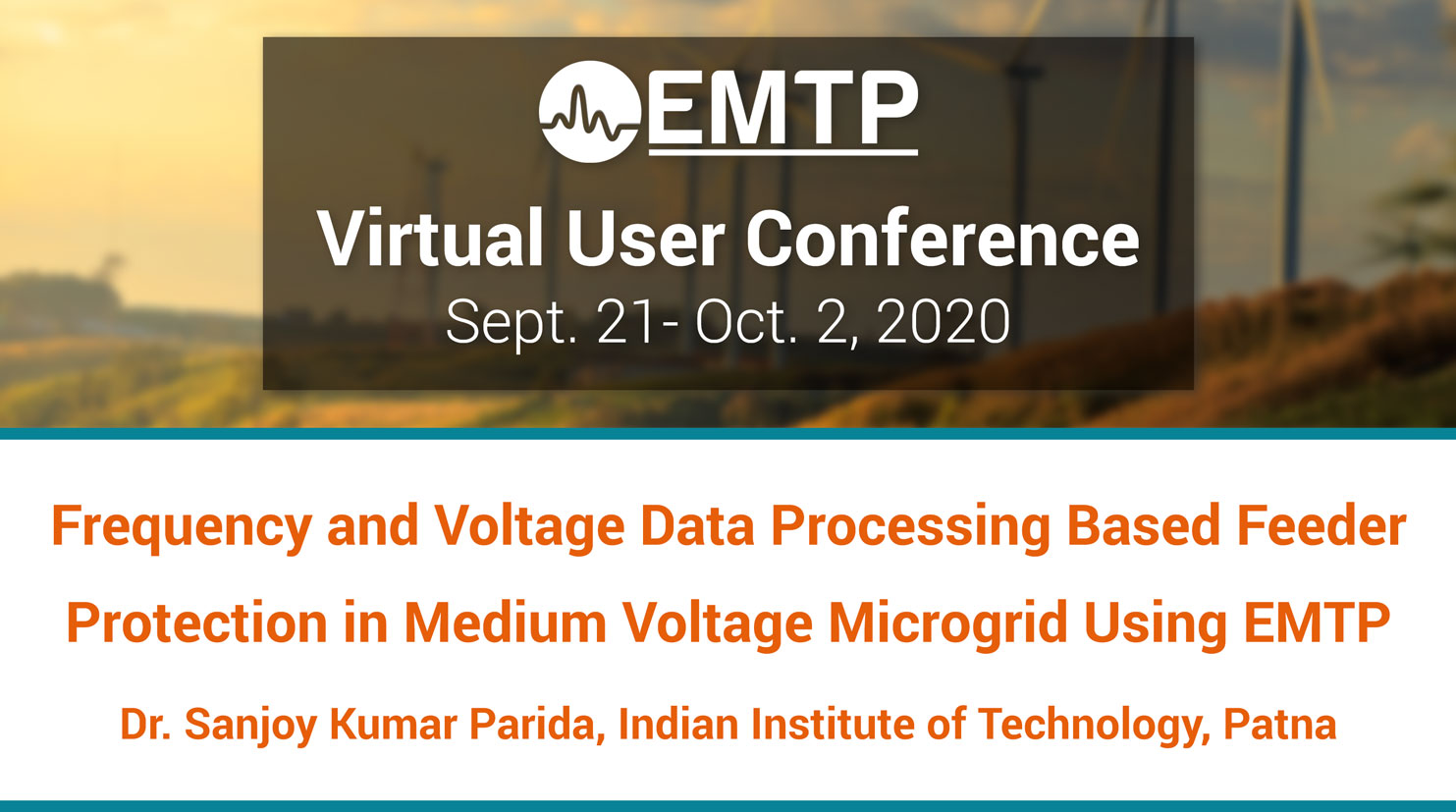
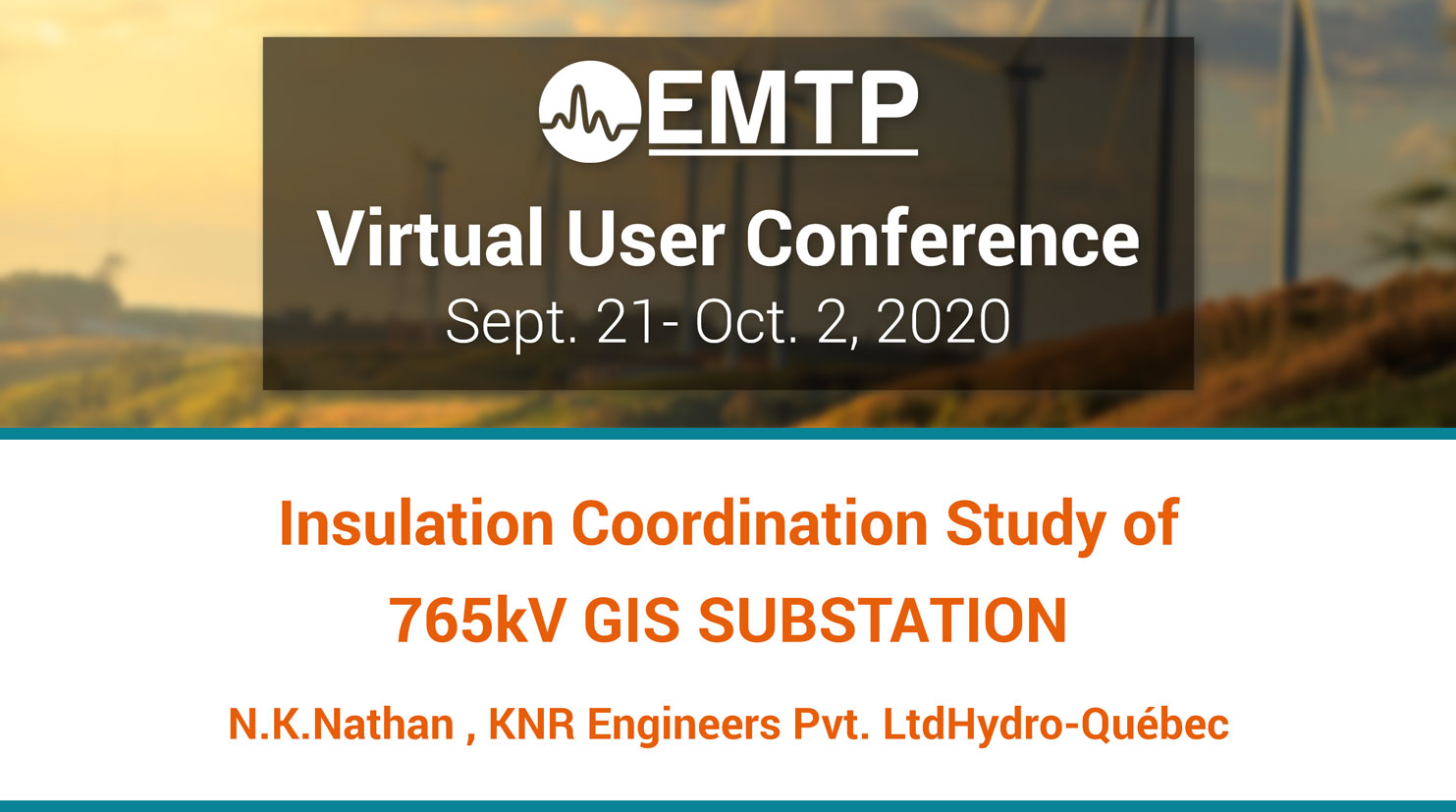

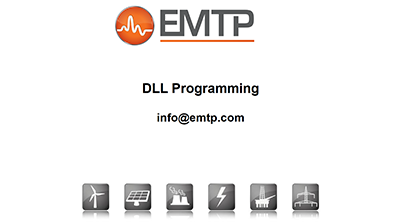
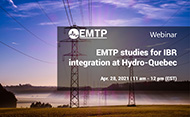
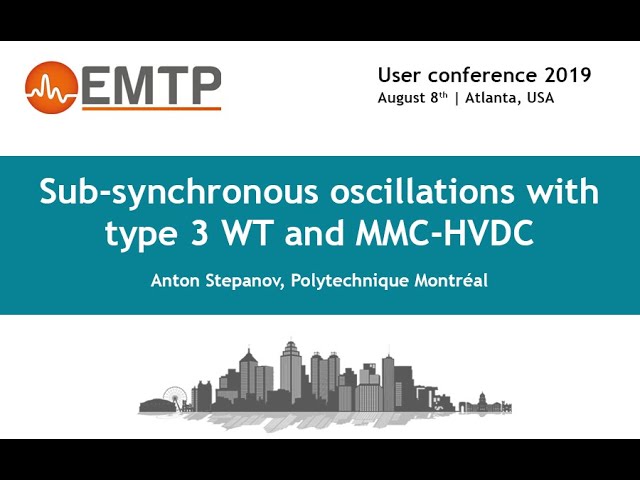
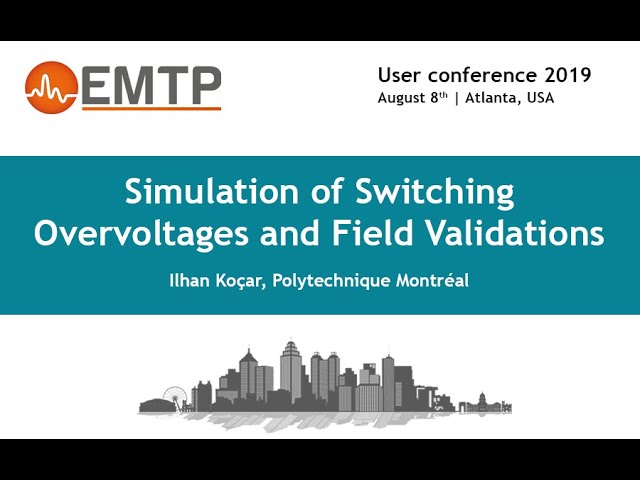
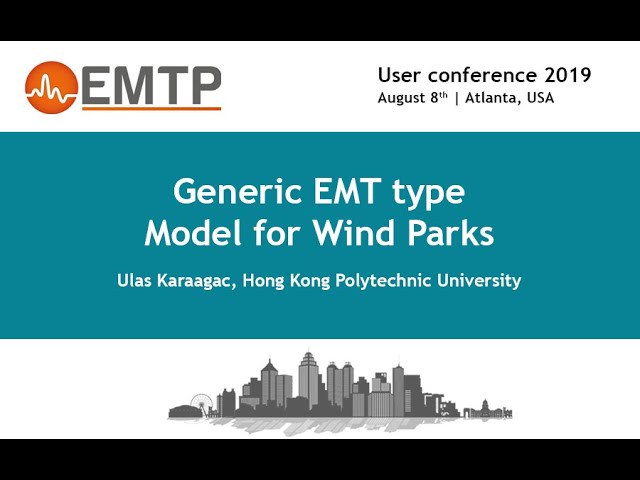
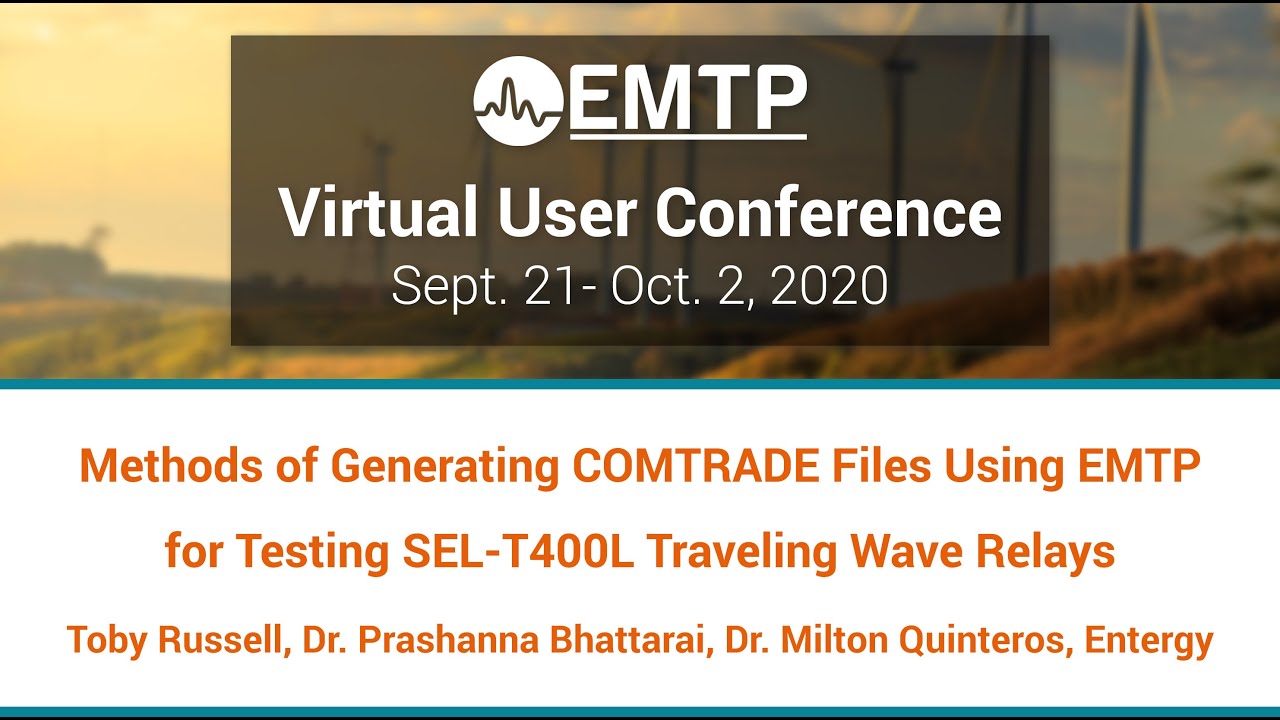
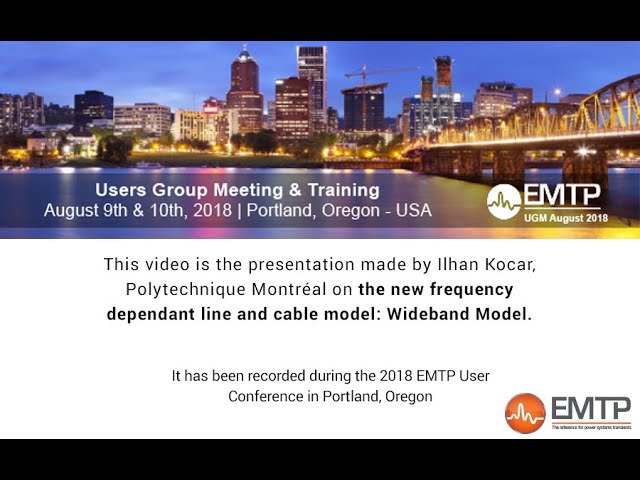
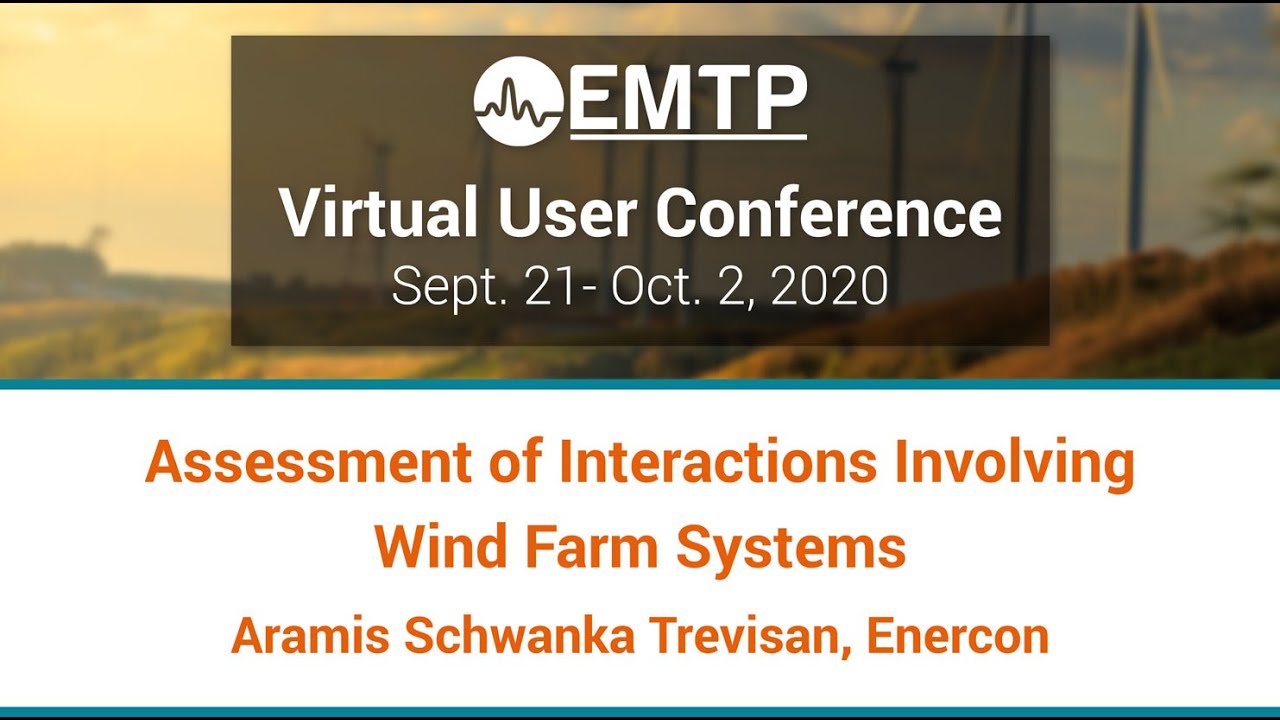

![[R&D]_EMTP : Recherche et développement [R&D]_EMTP : Recherche et développement](https://www.emtp.com/system/files/imagecache/presentation/slide1_1.jpg)
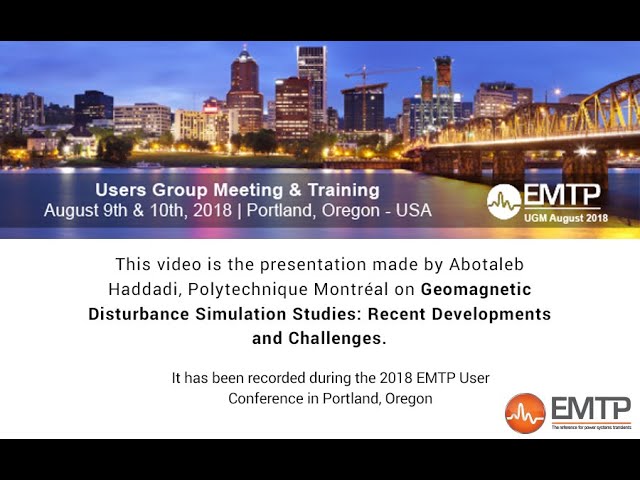

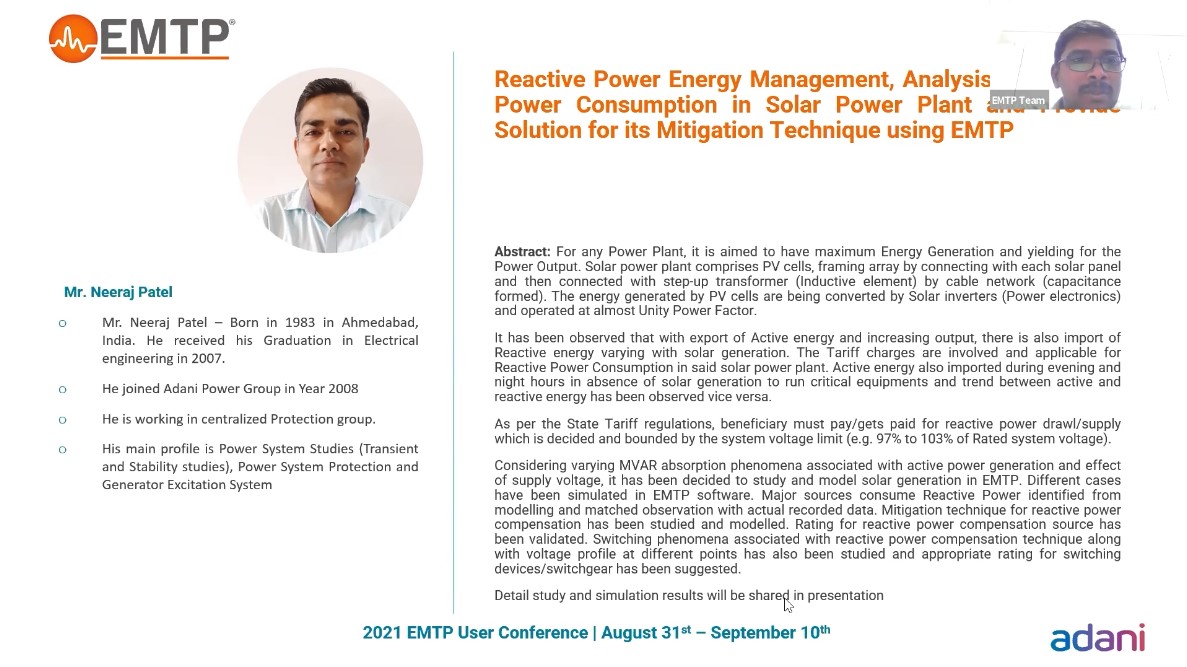
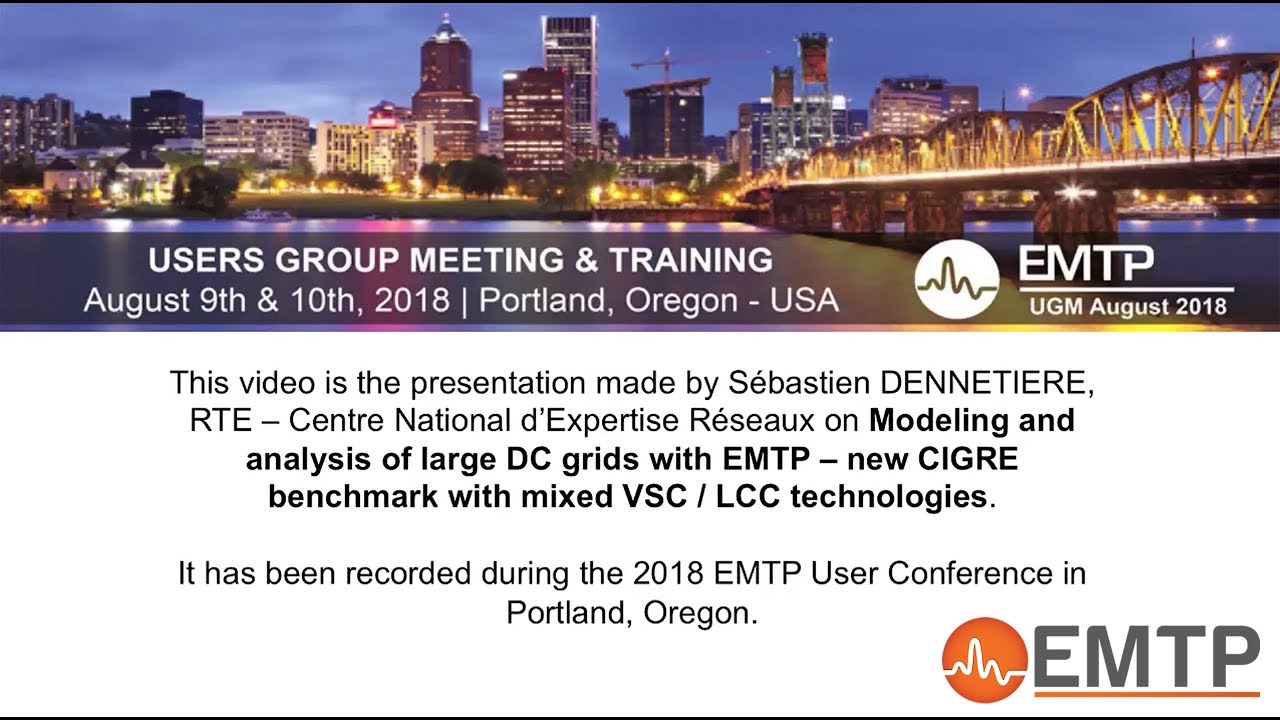
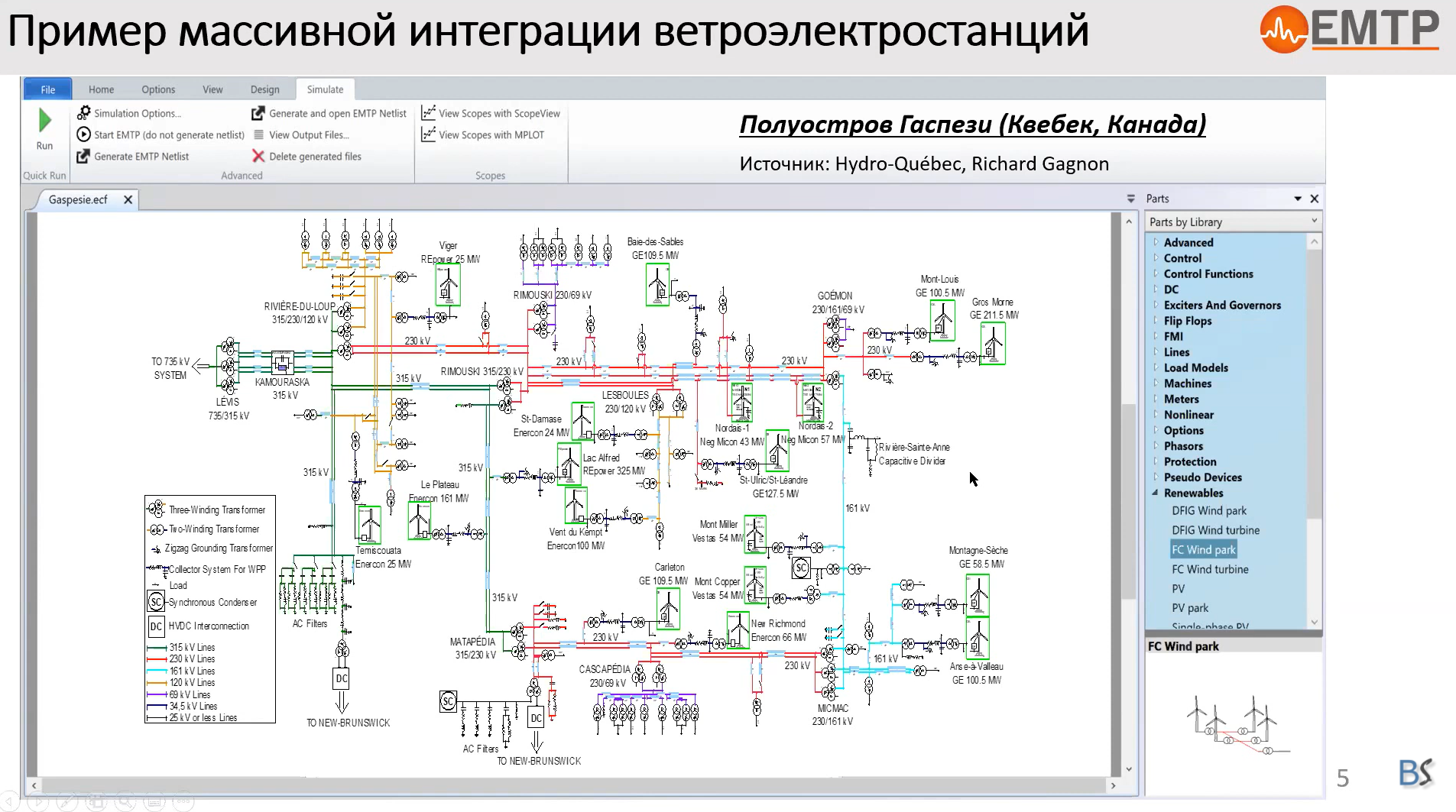
![[Protection_Devices]_Étude des courants coupés par les sectionneurs de changemen [Protection_Devices]_Étude des courants coupés par les sectionneurs de changemen](https://www.emtp.com/system/files/imagecache/presentation/TechnicalPresentation1.jpg)
